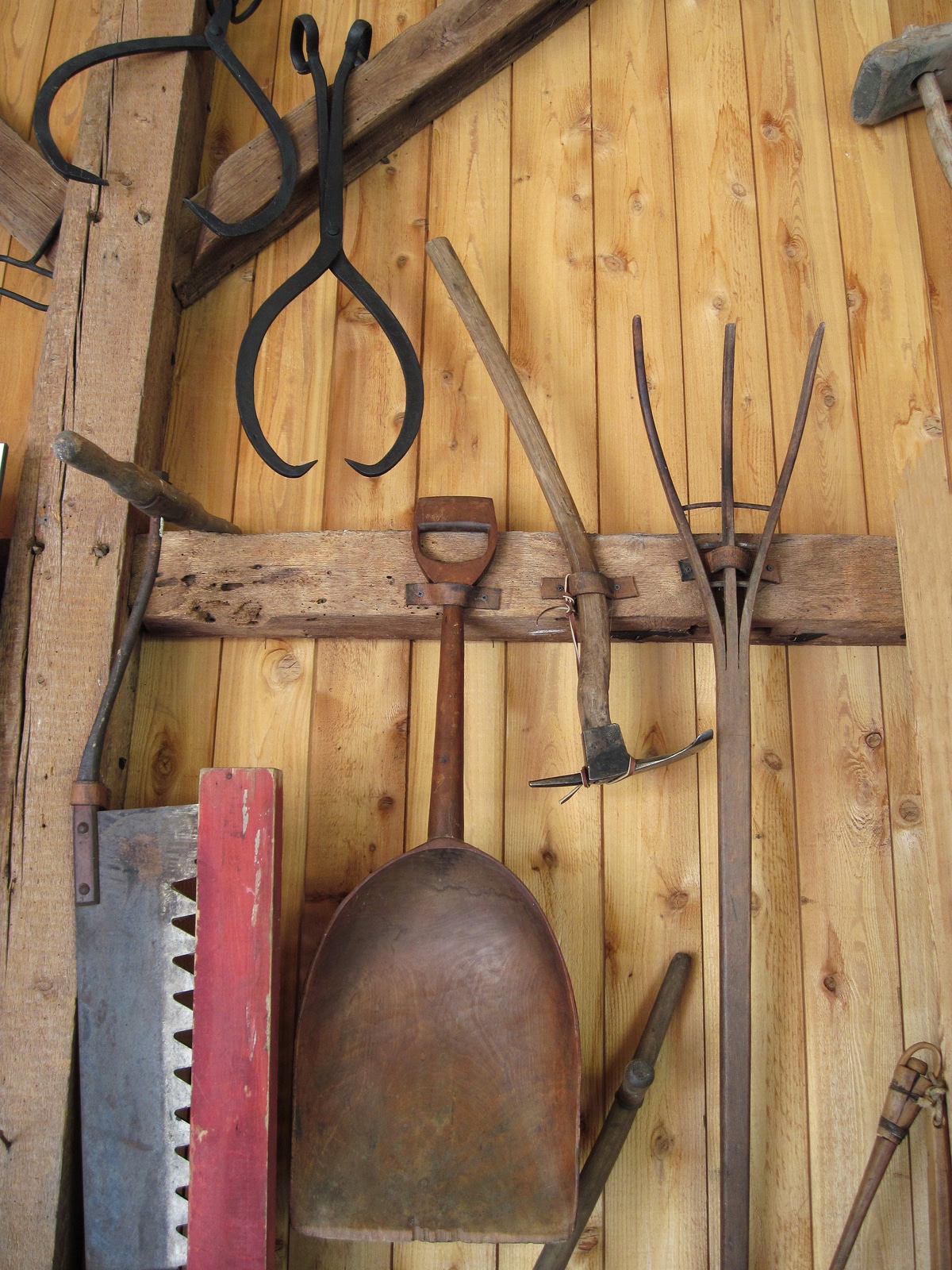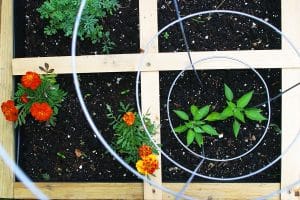
People have been cultivating plants since time immemorial. Some of the earliest evidence of gardening dates as far back as 5000 BCE at various locations around the world. Earliest human use of tools in general, dates back to the Stone Age, some 2.6 million years ago.
It stands to reason that in all the time people have gardened, they have probably used some form of gardening tools and farming tools. Ancient tools were primarily farm tools and garden tools. Agricultural implements in the 8th century were mostly angled blades removing stubborn roots. In the 19th century, the popular tools are still considered antique gardening tools. Fortunately, the 21st century garden has a wide range of gardening hand tools that make your gardens much more successful and robust.
Tools Were Highly Prized in Society
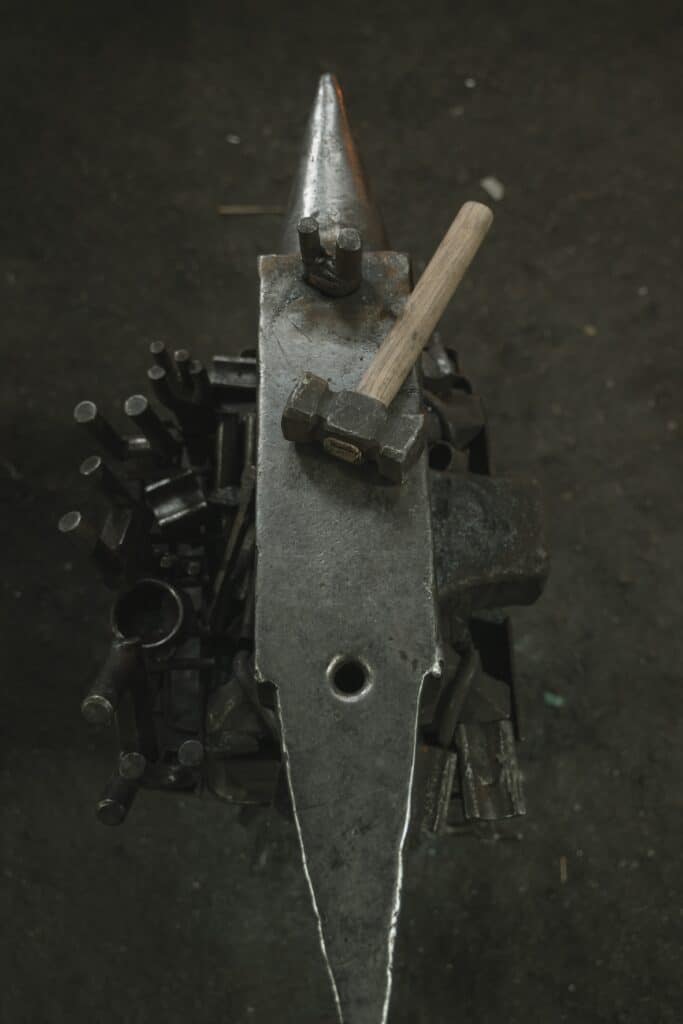
In the earliest days of gardening tools when all tools were handmade. Having an ample availability of food was dependent on good gardening skills, productive tools for plant cultivation were highly prized and well protected. For this reason, archaeologists have found a good number of ancient garden tools and have been able to compare them with the tools we have used in more modern times.
Remarkably, tools used for gardening today are not so different in form and function from those used thousands of years ago. A range of weeding hoes, rakes, spades, sickles and scythes have been discovered in archaeological sites across the globe. The materials used to make each tool can be linked to the availability of resources at the time of its construction.
Cultural Development
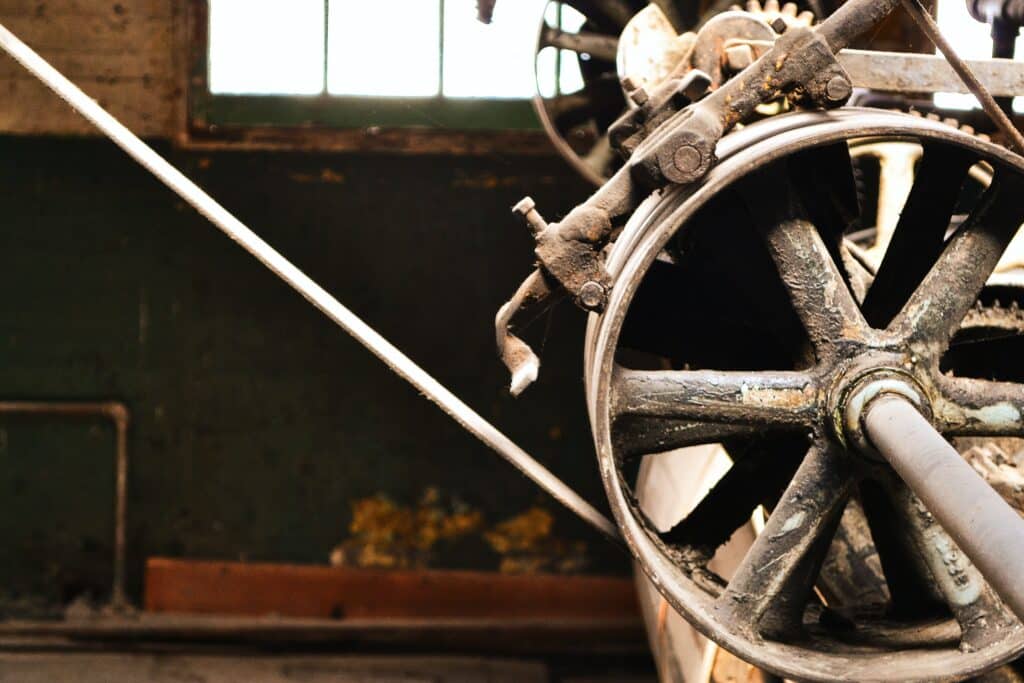
Ancient Romans had access to iron and knowledge of the process of smelting, so many of their antique garden tools were forged in iron. This resulted in strong, lightweight, efficient tools that provided long service and remained fairly well preserved throughout the ages leading up to their discovery in archaeological digs.
Earlier civilizations and those that did not have the benefit of knowledge of smelting, fashioned tools of all kinds from the resources they had on hand. In archaeological digs in various parts of the world, tools for gardening and other pursuits have been found fashioned of combinations of such diverse materials as stone, antler, bone, wood and bamboo to name just a few.
Gardening Functions Have Remained Consistent

The very earliest tool used for gardening was a multipurpose tool that had many other uses. Known today as a microlith, this tool was similar to a small spade in shape. It was usually fashioned with a sharpened stone for the blade and a handle of wood, antler, bone or some other natural, readily available material. This type of tool is thought to have been widely used for a variety of purposes.
Some examples of tools that have been in fairly constant use for many centuries include:
Watering Cans and Irrigation Devices

Although the watering can did not get its current name until nearly 1700, many examples of watering pots and cans have been found in the ruins of ancient cultures and in common use by current cultures. They vary somewhat in design, but the purpose is the same in every culture and throughout time – efficient and convenient delivery of water to plants.
Pruning Devices
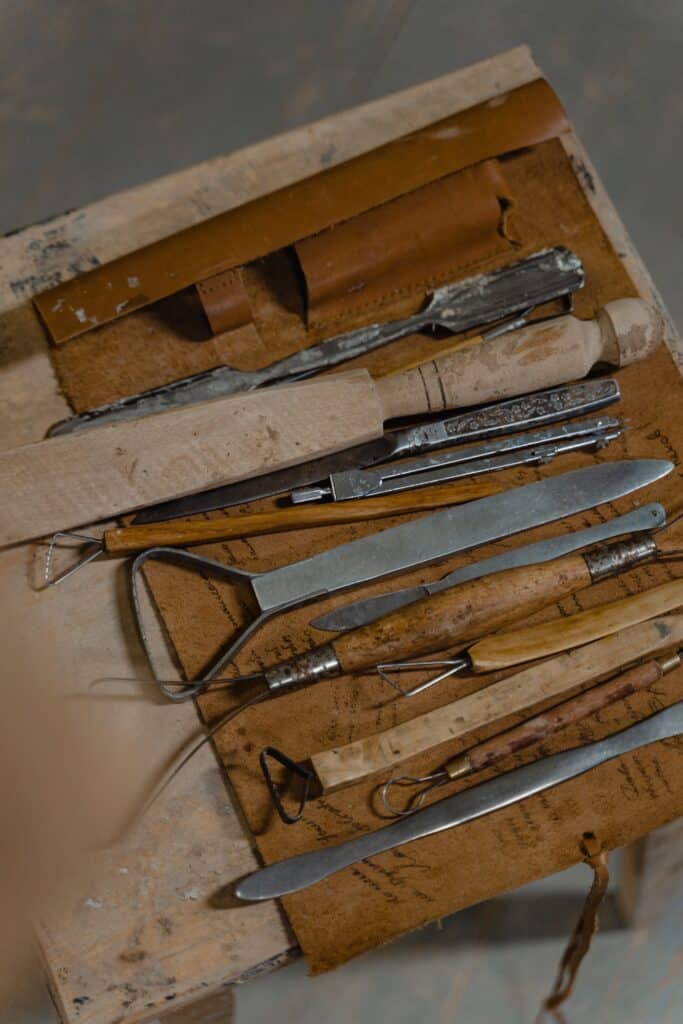
A wide variety of garden knives, scythes, shears and blades intended for the purpose of trimming and cutting plants have been in use since as far back as the 50th Century BC.
Weeding Tools
There are basically two types of weeding tools that have not changed much throughout the history of gardening. Today these are known as the daisy grubber and the corkscrew weeder. The daisy grubber is a fork shaped tool that can be used to cut through thick weed stems. The corkscrew weeder is screwed into the ground at the base of a weed for the purpose of cutting through the roots.
Wheelbarrows

Wheelbarrows originated in China during the 3rd Century BC under the reign of the Han Dynasty. Art from this era reveals that early wheelbarrows were made of wood, but their design did not differ much from metal and heavy duty plastic wheelbarrows of today.
Rakes
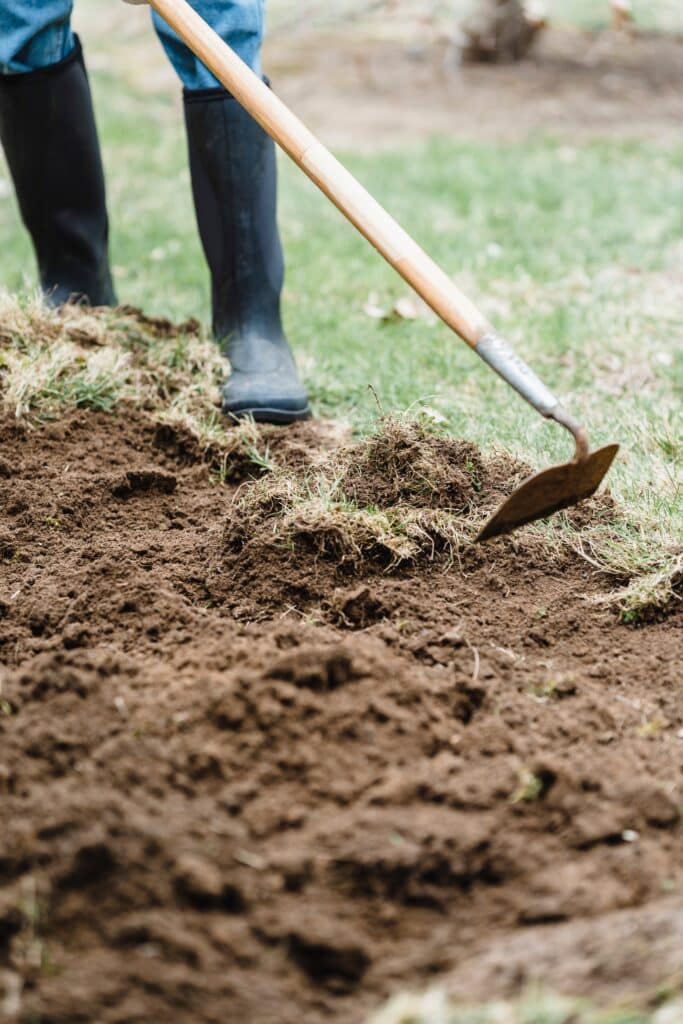
Rakes also seem to have originated in China where many early examples dating as far back as 1100 BC have been found. Additionally, Chinese art depicts long-ago farmers using rakes to gather and harvest grain and hay.
Mowers
Mowers came into being in the early 1800s. The device was invented by a gentleman called Edward Budding. Mowers were intended to take the place of the hand scythe. This invention made the task of cutting hay and grass much easier. Early mowers cut grass using two blades in a scissors-like fashion that was far less labor intensive than swinging a scythe.
Today’s Garden Tools Have More Power
The above is just a small sampling of the types of garden tools that have been used throughout the ages. The concepts behind garden tools have really not changed much, but materials used in manufacture and methods of powering surely have. From entirely hand powered to horse and oxen powered to steam to fossil fuels and now (in many instances) alternative power, garden tools continue to evolve with humankind.
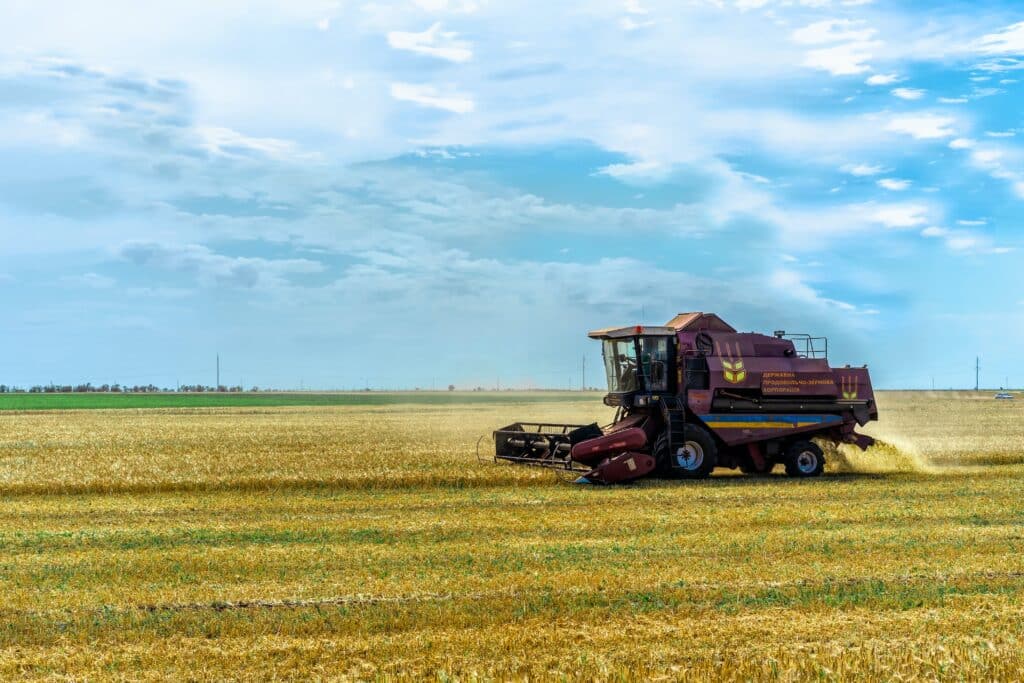
If you are starting an antique garden tool collection, then try some old garage sales in the midwest or farming areas. Find old barns that have been abandoned for years. Talk to the owners if you can rummage about. You might find some amazing old tools that will fit your dream collection.

